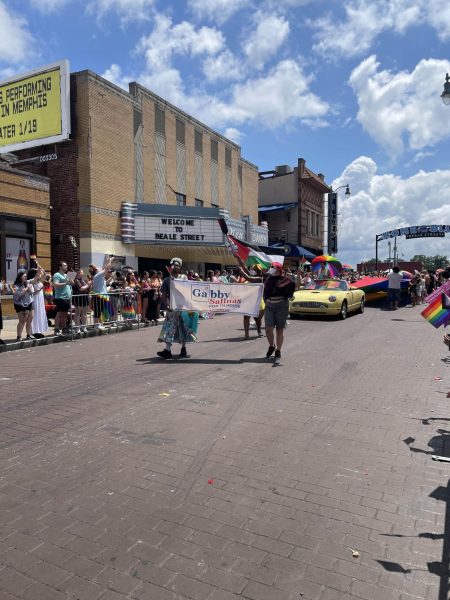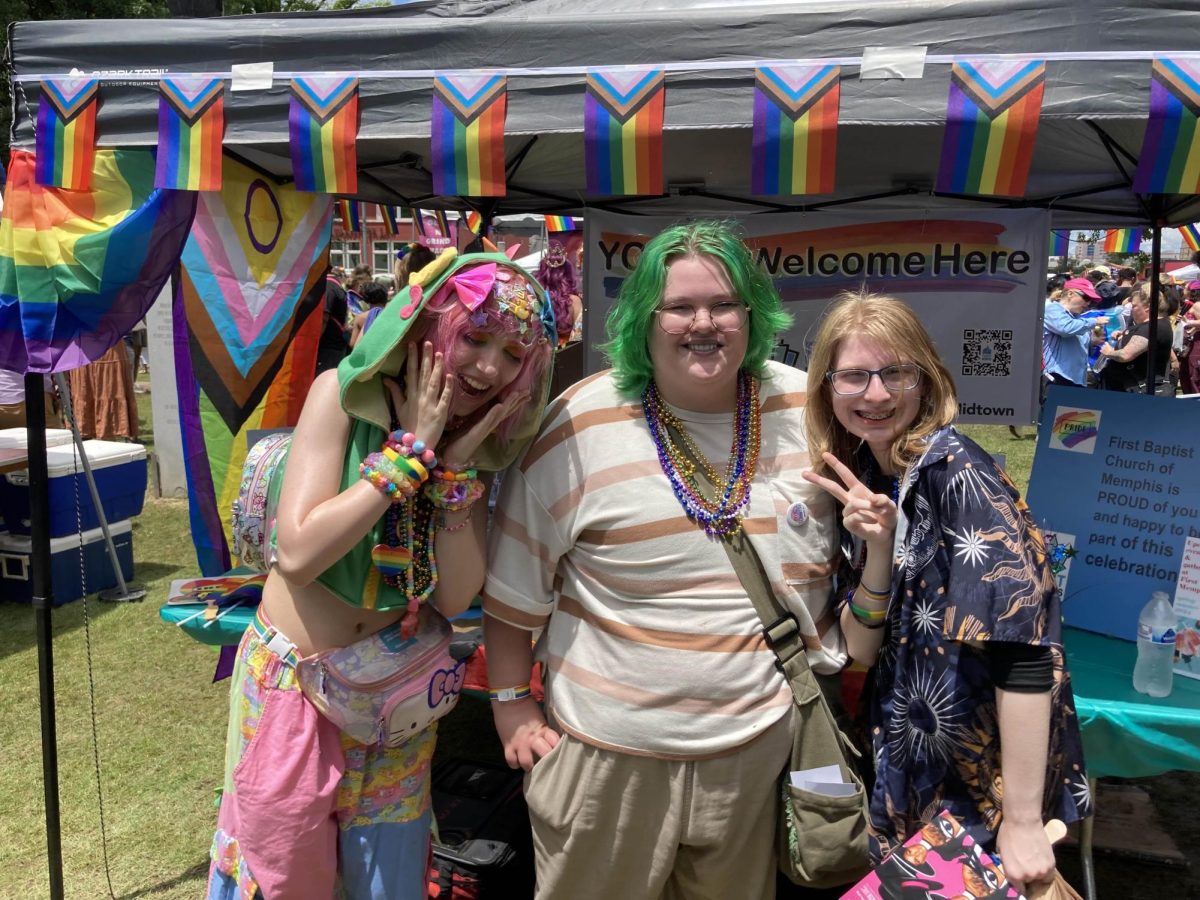Due to concerns of exposure, the subjects will be attributed as Source A, B and C.
For a moment, everything pauses. The blood circulating throughout the body halts as two lovers eye’s lock, and the world slowly dissolves. As their hands intertwine and sweat escapes their pores, their hearts stop.
The cycle of love is often different for two young boys who fall in love. The butterflies that eat at their interior are usually the taunting words of those who look down on their relationship. The joy that drenches their bodies as they hug their one true love is often overshadowed by the fear of being judged. Despite the gender of those who grasp each other’s hands, love is love. Despite the gender of those who lock lips, the waltz of their two hearts dancing through sickness and health still continues. It can be challenging for many teenagers to open themselves up to love, especially if the person who makes their heart sing sports the same gender as them. Throughout the history of the queer community, the journey to equality was hard, and the journey to media representation was even harder. However, one show in particular stood out from the rest — “Heartstopper.”
“‘Heartstopper’ … is a teenage [romantic comedy] full of different twists and turns that talks about real-life situations and characteristics that kids in high school go through everyday and ones we don’t know how to deal with,” Source A said. “It has taught me that it’s okay and it’s important to speak out for yourself. Even though sometimes it might feel scary, there is always someone in your corner even if it doesn’t feel like it.”
Premiering in April 2021, “Heartstopper” depicts the romance of two British teenage boys: Charlie Springs, an openly gay boy bullied for his sexuality, and Nick Nelson, a popular rugby player struggling to figure out his identity. After they meet in homeroom, Nick and Charlie start to develop a friendship. While the word popular is chained to Nick’s existence, the friendship they develop is warm and inviting, causing Charlie to develop feelings for Nick. As they hang out more, Charlie’s feelings continue to blossom; however, so do Nick’s.
“I think that Nick and Charlie’s dynamic is what draws in viewers,” Source B said. “Most shows depict gay romances in either a melancholy or over sexualized way, so it’s nice to see a soft, intimate relationship on the big screen. The LGBTQ+ community has fought for years to get even an ounce of representation and ‘Heartstopper’ manages to show that teenagers can create deep relationships with each other. I feel Nick and Charlie’s relationship has helped lots of queer individuals realize that they are worthy of love.”
Throughout season one, Nick’s confused feelings manifest through being overprotective of Charlie and getting butterflies as their fingertips touch. The journey of Nick’s sexuality realization shows the ups and downs of self-discovery. While Nick finds himself crying over an “Am I Gay” quiz, he finally feels he can be himself when he is with Charlie. As their interactions continue and both their hearts secretly start to dance, Nick realizes that he is bisexual. Though his realization took months of denial to come to, it is a process that most queer teens face. “Heartstopper” serves as a mirror for the queer community. Many LGBTQ+ teens make it to the self-discovery step yet never feel they can make it further. Many LGBTQ+ teens realize the love they need, yet feel that society will ridicule them. “Heartstopper” took the next step. The show gave numerous individuals the chance to see a gay teenage relationship form that was not painted by misery and self-hatred.
“As a bi person myself, I really liked Nick’s representation and his refusal to be put into a box of either straight or gay,” Source C said. “A lot of people overlook biphobia as something lesser than other forms of orientation-based prejudices, and I feel like his portrayal helps to bring some of that to light. The beginning scenes of him struggling with his sexuality, and taking the ‘Am I Gay’ test really resonated with me because it shows different experiences people have with their sexuality. ‘Heartstopper’ has definitely helped me realize that there is nothing wrong with being LGBT, and nothing wrong with me questioning my identity either. I really appreciate the show because it gives me something to look back on and realize that queer relationships are just as normal as straight ones.”

“Heartstopper” is about the journey to self-discovery; it is a love letter to those who shield their identity in hopes of gaining societal acceptance. The series’ primary goal is to show that the right people will always accept a person, regardless of their sexuality. Season two of “Heartstopper” focuses on the process of coming out. While Nick is comfortable in his relationship with Charlie, fear is pitted deep within his body; he fears what society will say about his self-discovery. When Nick does come out to his mom, tears drive his speech as he is scared she will not accept him. However, she reassures him that she loves him no matter who he dates. Numerous queer teens receive the other side of this reaction: one that causes them to struggle more to accept their identity. The show’s coming out scene allowed various teens and young adults to get the acceptance they never received when first coming out. “Heartstopper” displays how coming out is not a one-step process; it takes trial and error to gain the confidence to express oneself. Yet the show tries to remind struggling queer teens that in the stormy, dark sea is a lighthouse — a glimmer of hope.
“Many queer teens isolate themselves because they feel disgusted by their sexuality; they feel disgusted about the thoughts they have of people that are the same sex as them,” Source B said. “However, ‘Heartstopper’ shows that the key to finding oneself is acceptance. It can be hard to accept that you are gay or bi or transgender, but the more you try to escape your identity, the harder it becomes to live your life. Even though some people might be unhappy with your sexuality, ‘Heartstopper’ has taught me that the right people will always love you.”
For a moment, the light at the end of the tunnel appears. The joy that once escaped many LGBTQ+ teens’ grasp reappeared with the premiere of “Heartstopper.” “Heartstopper” is one of the first LGBTQ+ media representations where love wins, showing that love can form between any pairing. Sexuality does not inhibit love from existing. While it can feel criminal to whisper “I like you” to someone of the same sex, the rush of falling in love still hits every beat. Love is love, no matter who receives it.
“The scariest part about living life is accepting all parts of your identity,” Source B said. “While there will be days where you feel like everyone is judging you for being gay, I feel that you owe it to yourself to be free and proudly showcase your identity. Nick and Charlie’s relationship is a prime example that love always wins. To anyone that is scared of what other people will say, this is your life and nobody else’s. You have the right to come out on your own terms. For now, work on loving yourself, and know that what is meant for you can never be taken or destroyed by anyone.”




































